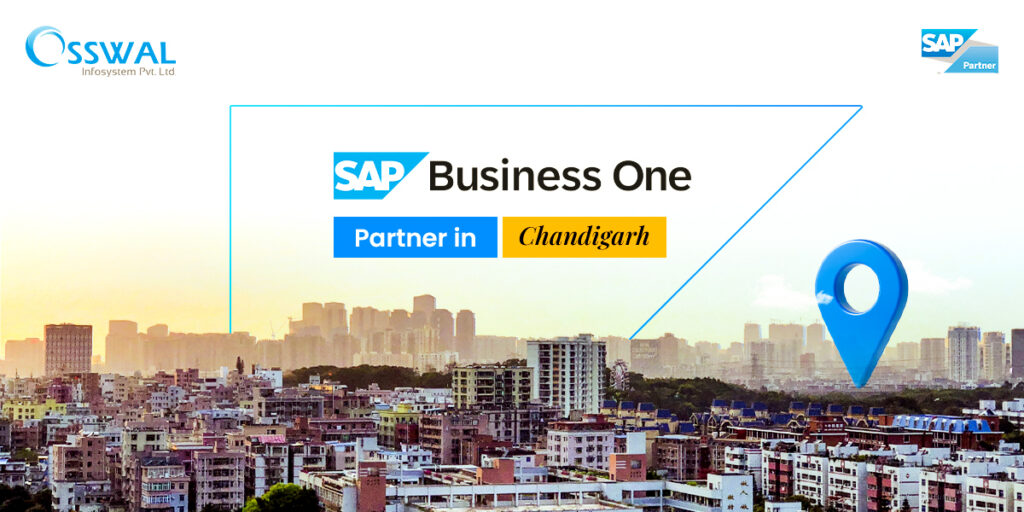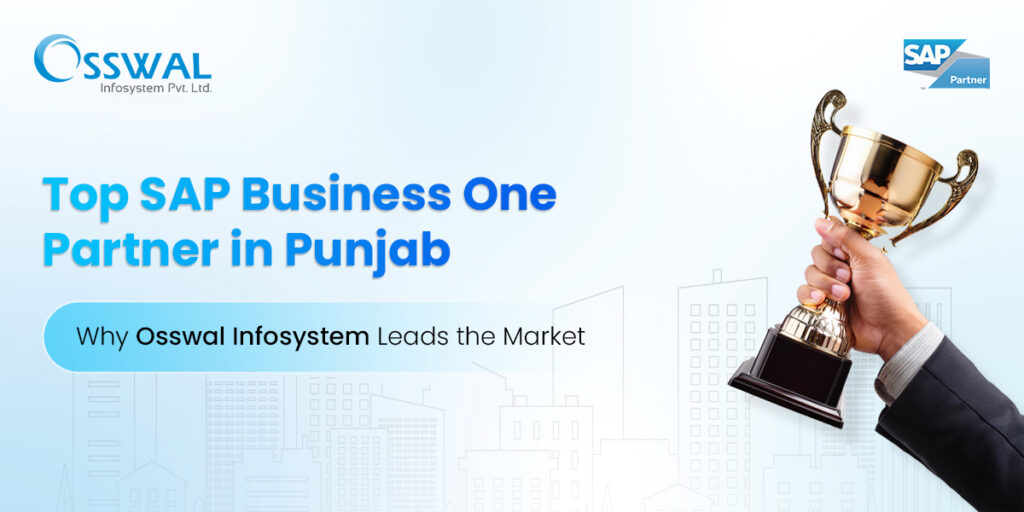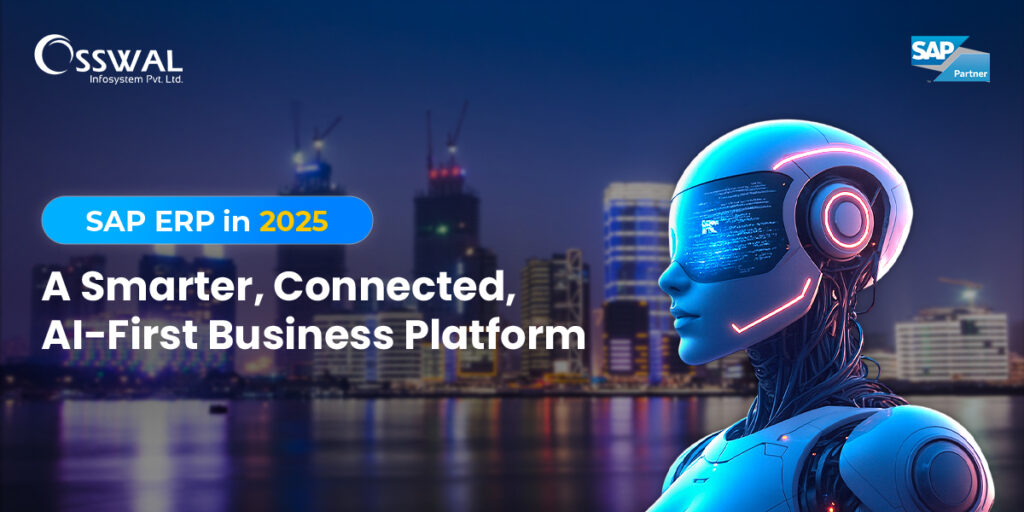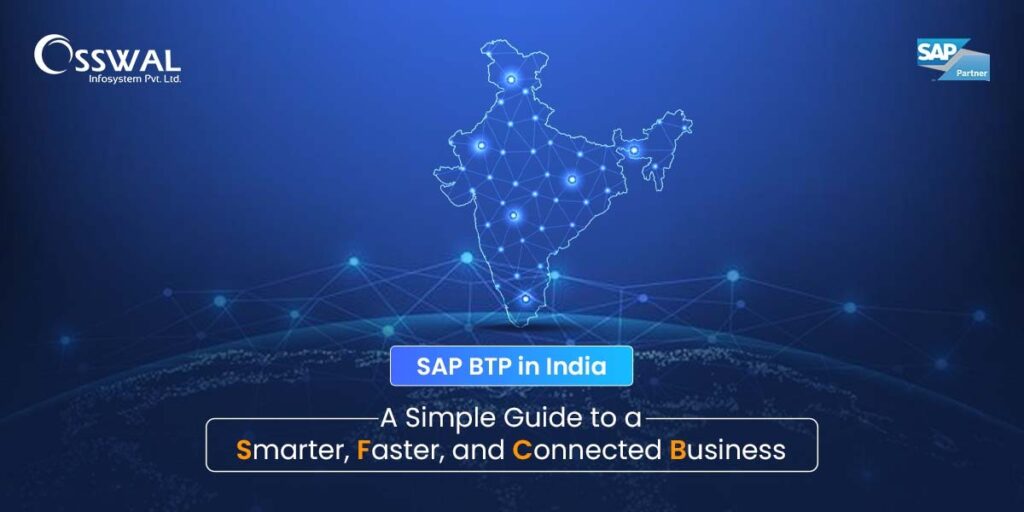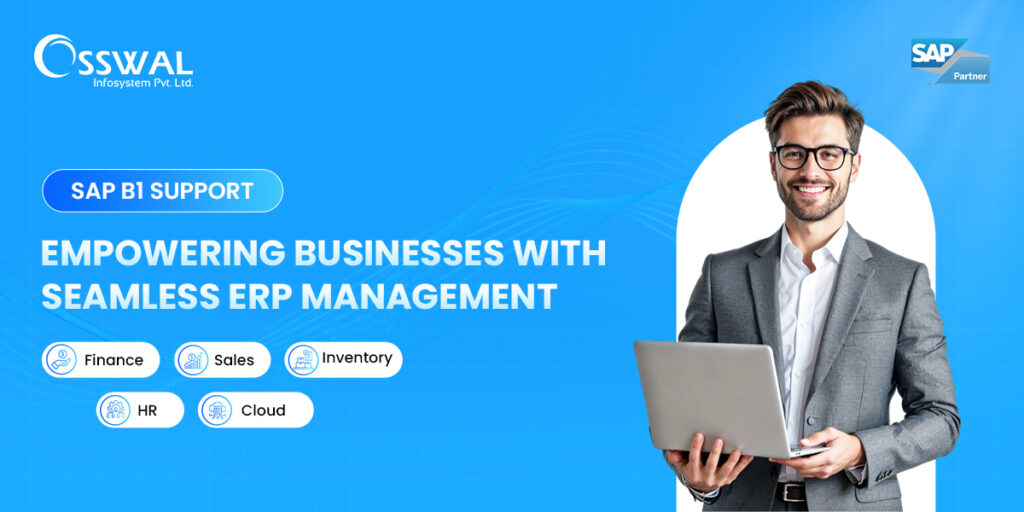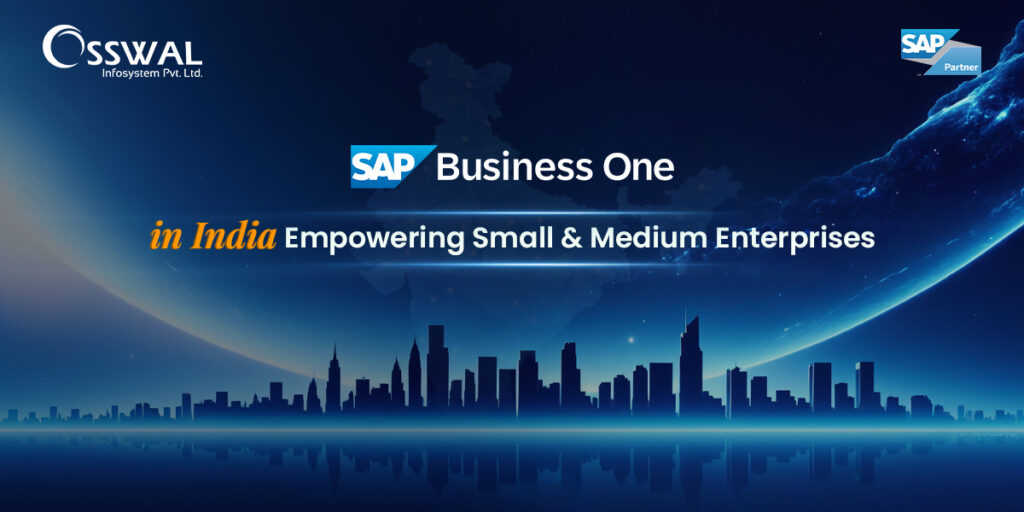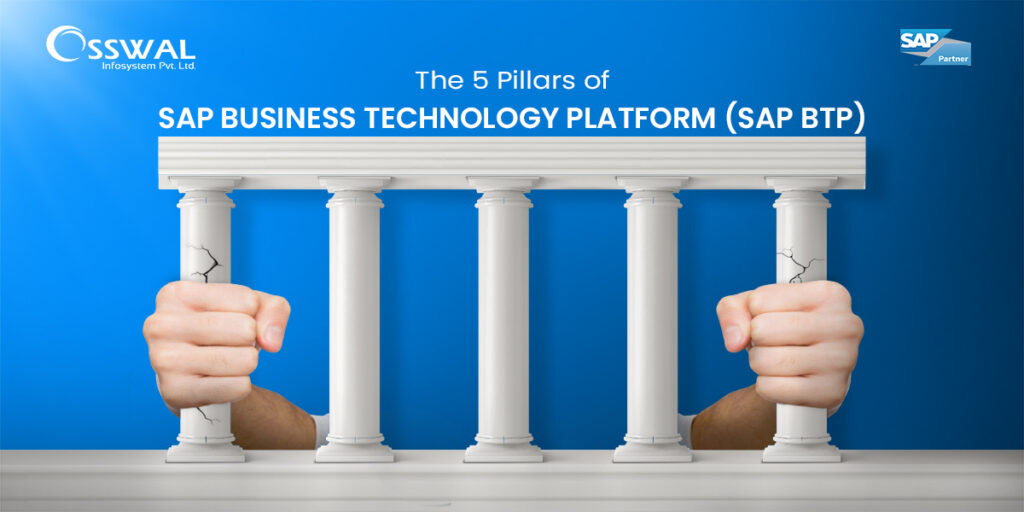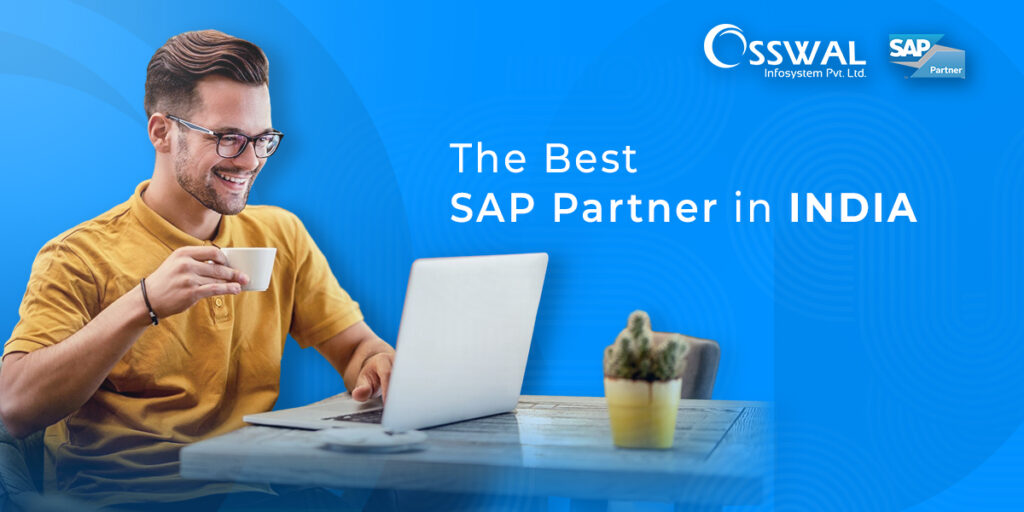SAP Business One Partner in Chandigarh: A Complete Guide for Growing Businesses In today’s competitive business environment, companies need more than basic accounting software. They need an intelligent system that connects finance, sales, inventory, and operations in real time. This is where SAP Business One plays a vital role. For businesses based in North India, working with a SAP Business One Partner in Chandigarh offers a strategic advantage. Chandigarh has become a growing hub for IT services, ERP consulting, and enterprise software solutions. As a result, many organizations now rely on SAP B1 in Chandigarh to streamline operations and scale efficiently. This article explains why SAP Business One is important, how certified partners help, and why Chandigarh is an ideal location for SAP ERP services. Understanding SAP Business One SAP Business One is an integrated ERP solution designed specifically for small and mid-sized enterprises. It helps businesses manage core processes using a single, unified system. Unlike traditional software, SAP Business One provides real-time visibility across departments. Therefore, decision-making becomes faster and more accurate. Additionally, it reduces manual work and improves overall efficiency. Companies across manufacturing, retail, distribution, healthcare, and services actively use SAP Business One in Chandigarh to modernize their operations. Why Choose a SAP Business One Partner in Chandigarh? Choosing the right implementation partner is as important as selecting the ERP itself. A certified SAP Business One Partner in Chandigarh brings local expertise, technical knowledge, and ongoing support. First, partners understand regional business challenges. As a result, they configure the system according to local tax laws, compliance rules, and industry needs. Second, they offer faster implementation due to proximity and on-site availability. Moreover, certified partners follow SAP’s best practices. This ensures a smooth deployment with minimal disruption to daily operations. Key Services Offered by SAP B1 Partners Below are the key services offered by SAP B1 Partners SAP Business One Implementation Implementation is the foundation of ERP success. Partners analyze business workflows before configuring the system. They map processes carefully and align them with SAP standards. As a result, businesses experience fewer errors and faster adoption. This makes SAP Business One in Chandigarh a reliable long-term investment. Customization and Add-Ons Every business is unique. Therefore, partners customize SAP Business One to match specific operational requirements. They also integrate industry-specific add-ons when required. For example, manufacturing firms may need advanced production planning. Retail companies, on the other hand, may require POS or inventory extensions. Training and User Enablement Even the best ERP fails without proper user adoption. That is why SAP partners provide structured training programs. They train teams on daily operations, reporting, and best practices. Consequently, employees gain confidence and productivity increases. Support and Maintenance ERP systems require continuous monitoring and updates. SAP Companies in Chandigarh offer post-implementation support to ensure system stability. They handle upgrades, troubleshooting, and performance optimization. This ensures uninterrupted business operations. SAP Software in Chandigarh: A Growing Ecosystem Chandigarh has rapidly evolved into a strong IT and enterprise software market. Many global and regional firms now offer SAP software in Chandigarh, serving clients across North India. The city’s well-planned infrastructure, skilled workforce, and business-friendly environment attract ERP providers. As a result, companies can easily access experienced consultants and certified SAP professionals. This growth has positioned Chandigarh as a preferred destination for SAP ERP Software in Chandigarh. Industries Using SAP ERP Software in Chandigarh Here are the industries using SAP ERP software in Chandigarh Manufacturing and Engineering Manufacturers use SAP Business One for production planning, bill of materials, and quality control. It improves visibility across the supply chain and reduces downtime. Trading and Distribution Distributors benefit from real-time inventory tracking and automated procurement. This reduces stock shortages and excess inventory. Retail and E-commerce Retail businesses rely on SAP Business One for sales tracking, customer management, and financial reporting. It also integrates well with e-commerce platforms. Professional Services Service-based companies use SAP Business One to manage projects, billing, and resource utilization effectively. Benefits of SAP Business One for Local Businesses Below are the benefits of SAP Business One for local businesses: Improved Operational Efficiency SAP Business One automates repetitive tasks. As a result, teams focus on strategic activities instead of manual work. Real-Time Business Insights The system provides dashboards and reports in real time. Therefore, management can respond quickly to market changes. Scalability and Flexibility As businesses grow, SAP Business One grows with them. Additional users, modules, and functionalities can be added easily. Better Compliance and Control SAP Business One supports GST compliance and audit-ready reporting. This ensures transparency and reduces regulatory risks. How to Choose the Right SAP Business One Partner in Chandigarh Selecting the right partner requires careful evaluation. First, check SAP certification and implementation experience. Next, review industry expertise and customer success stories. Additionally, assess post-implementation support capabilities. A reliable SAP Business One Partner in Chandigarh should offer long-term collaboration, not just software deployment. Communication and transparency also play a key role. Partners should clearly explain timelines, costs, and deliverables. SAP ERP Software in Chandigarh: Future Outlook The demand for ERP solutions continues to rise as businesses embrace digital transformation. SAP ERP Software in Chandigarh is expected to grow further due to increasing adoption among SMEs. Cloud deployment, mobile access, and advanced analytics will drive future upgrades. Therefore, businesses investing today gain a competitive advantage tomorrow. Conclusion SAP Business One has become a powerful growth engine for small and mid-sized enterprises. When implemented by a trusted SAP Business One Partner in Chandigarh, it delivers measurable business value. From implementation and customization to training and support, SAP Companies in Chandigarh provide end-to-end ERP services. With a strong local ecosystem and skilled professionals, Chandigarh stands out as a reliable hub for SAP software in Chandigarh. For businesses seeking efficiency, scalability, and smarter decision-making, SAP Business One remains a future-ready ERP solution.
SAP Business One Partner in Chandigarh: A Complete Guide for Growing Businesses Read More »

